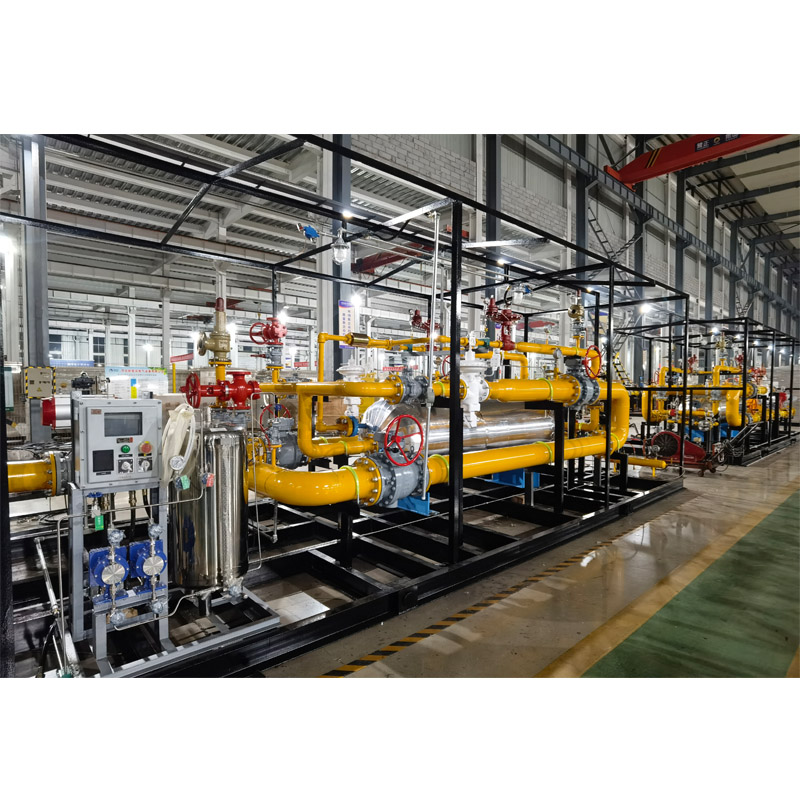
Nov . 23, 2024 12:55
Back to list
الغاز الطبيعي المضغوط
Understanding Compressed Natural Gas (CNG)
Compressed Natural Gas (CNG) is an eco-friendly fuel derived from natural gas. It consists mainly of methane (CH4), a potent greenhouse gas when released directly into the atmosphere. However, as a fuel, CNG offers a cleaner alternative to traditional gasoline and diesel, significantly reducing emissions and contributing to a cleaner environment.
How CNG is Produced and Stored
The production of CNG begins with the extraction of natural gas from deep underground reservoirs. After extraction, the gas undergoes a purification process to remove impurities such as water, carbon dioxide, and sulfur compounds. The purified gas is then compressed to a pressure of around 3,000 to 3,600 pounds per square inch (psi) to reduce its volume, making it easier and safer to store and transport.
CNG is typically stored in high-pressure cylinders, either on vehicles that run on this fuel or at fueling stations. These cylinders are designed to endure stringent safety standards to prevent leaks and ensure that the gas remains contained. When ready for use, CNG is released from the cylinder and injected into an engine, where it combusts to propel the vehicle.
.
One of the primary reasons for the growing popularity of CNG is its environmental benefits. Vehicles powered by CNG emit fewer harmful pollutants compared to those running on gasoline or diesel. Specifically, CNG combustion produces a significantly lower amount of carbon monoxide (CO), nitrogen oxides (NOx), and particulate matter (PM). Moreover, CNG produces less carbon dioxide (CO2), a major greenhouse gas contributing to climate change. The lifecycle emissions of CNG are generally lower than those of conventional fossil fuels, making it a more sustainable choice.
الغاز الطبيعي المضغوط

Economic Considerations
The economic advantages of CNG are noteworthy as well. CNG is often less expensive than gasoline and diesel, particularly in regions where natural gas is readily available. This price difference can yield significant savings for fleet operators and individual vehicle owners. Additionally, as markets shift toward greener energy solutions, the demand for CNG is projected to rise, potentially stabilizing or even lowering the fuel's price.
Infrastructure Challenges
Despite its many benefits, the adoption of CNG faces challenges, particularly in terms of infrastructure development. While some countries have established extensive networks of CNG fueling stations, others still rely heavily on gasoline and diesel. Building a comprehensive CNG infrastructure requires substantial investment and regulatory support to encourage companies to switch to this alternative fuel.
Furthermore, consumer awareness and education play vital roles in the expansion of CNG use. Many potential users are unaware of the advantages CNG offers or may have misconceptions about its safety and availability. Educational campaigns can help mitigate these barriers, fostering a greater understanding of CNG as a reliable and clean energy source.
Conclusion
Compressed Natural Gas represents a promising alternative fuel that benefits both the environment and the economy. Its lower emissions and cost effectiveness make it an appealing choice for many. While infrastructure development and consumer awareness remain challenges, the future of CNG looks bright as the world continues to seek sustainable energy solutions. As countries strive to meet climate goals and reduce their carbon footprints, the role of CNG in the transition to cleaner energy sources will likely become increasingly significant. By embracing CNG, we can take important steps toward a greener future, ensuring cleaner air for generations to come.
Next:
Latest news
-
Safety Valve Spring-Loaded Design Overpressure ProtectionNewsJul.25,2025
-
Precision Voltage Regulator AC5 Accuracy Grade PerformanceNewsJul.25,2025
-
Natural Gas Pressure Regulating Skid Industrial Pipeline ApplicationsNewsJul.25,2025
-
Natural Gas Filter Stainless Steel Mesh Element DesignNewsJul.25,2025
-
Gas Pressure Regulator Valve Direct-Acting Spring-Loaded DesignNewsJul.25,2025
-
Decompression Equipment Multi-Stage Heat Exchange System DesignNewsJul.25,2025

